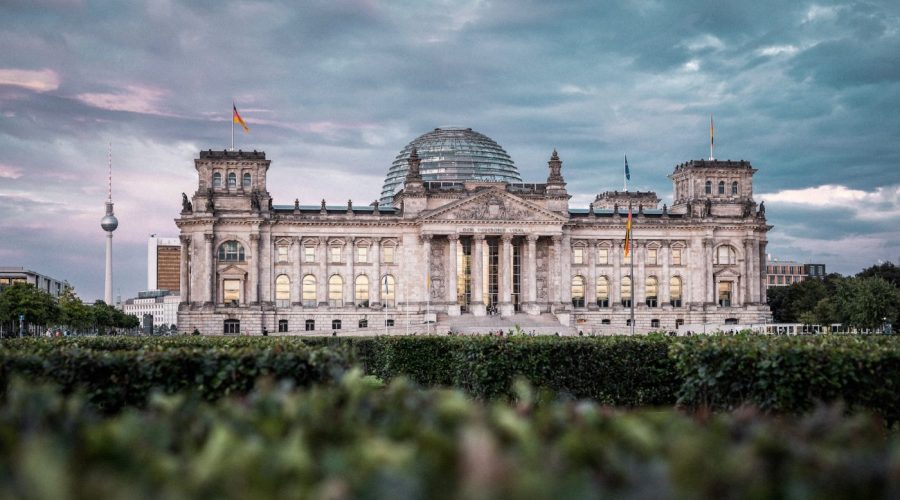What is the history behind the Schillerpark Estate in Berlin, Germany?
Every time one hears about Berlin, Germany one will probably immediately associate this place with such monuments as the Brandenburg Gate or the Berlin Wall. However, there is something that stands almost unrecognized just in the center of Wedding, the Wedding district in Berlin – Schillerpark Estate. This structure is a dwelling of housing that was constructed in 1930, and has a history and architectural design that should not be underestimated.
Architecture and Design
The Schillerpark Estate was mainly designed by Bruno Taut, an innovative architect of the buildings’ modernist movement in Germany. Specifically, this estate belongs to Neues Bauen (New Building) style which was popular in the Weimar period; the features of which are functional approaches to building designs, usage of the glass and the steel, and minimalist aesthetic.
The structures in the estate are elegant with their neat features and geometrical outlook thus making nice appearance to the eyes. Indeed, what had been Taut’s dream of developing practical housing for working-class people is achievable through the perfect positioning of the apartment, the efficient use of floor areas and ensuring that proper light from the outside enters the interior of the building.
Inspiration from Nature
While analyzing the facilities of the Schillerpark Estate, one also gets to understand that it has been designed to incorporate some natural aspects. According to Taut, it was possible to create a bond with nature which would benefit the residents. Cities have grown green; he provided ample space, gardens, terraces, steps, and balconies for the people to exercise their eyes and souls with the impression of nature.
Colorful Facades
Another peculiar feature that can be identified with the Schillerpark Estate is the play of the colors used in the construction of the estate’s buildings. As for Taut, he said that the utilization of bright colors would improve the morale and the overall attitude of the residents. All buildings within the estate boast of a different color combination which adds value to the aesthetic value of the estate.
Historical Significance
At the time of the construction of the Schillerpark Estate, there were several economic problems in Germany such as; economic instabilities following the breakout of World War I and the great depression. It is equally important not to underestimate the social side of the project – the need for affordable housing in volatile region at that time could not have been solved by anything but the creation of such an estate.
It was called ‘Schillerpark’ which is aGerman phrasing for ‘Schiller park’ as the institution was nearby the Schillerpark; it is a public park in honour of the German poet, Friedrich Schiller. It means residents were supposed to be independent and have prospering communities with various facilities in order to live in harmony.
Exploring the Schillerpark Estate Today
Currently, walking around the Schillerpark Estate gives one the chance of experiencing the most outstanding architectures dating back to the historic past. Even though the structure was modified in some ways over the years, it still is consistent with Berlin’s historic and peculiar construction style.
One should observe the website features, the good work and precision in the carvings, and the integration of nature into the buildings’ designs. Pleasant communal gardens and green area means will help you to spend time in contemplation of the views.
Guided Tours and Museums
For people seeking to learn more about the history and importance of the Schillerpark Estate, it is advised to take a guided tour. It impacts both virtual space, which can be provided by expert guides that know about architecture and design principles of the estate and its creation, as well as social space. There are also other museums in Berlin which contains Taut and the Modernist movement exhibitions to provide more context on his works.
Local Neighborhood Experience
Visiting the Schillerpark Estate also creates an opportunity to learn the lively area of Wedding. It is advised to spend some time wandering around the Berlin’s cafes, restaurants and shops, to get a feel of the average Berliner. Although this area cannot be compared to other famous districts of Berlin, it will provide quite a different view of the city.
Conclusion
The Schillerpark Estate in Berlin, Germany, stands as a testament to the innovation, architectural brilliance, and historical significance of the Neues Bauen movement. Its modern and functional concept as well as the interconnection with the dynamics of the surrounding natural environment makes the complex appealing to those living and those traveling.
This magnificent piece of architecture combined with Berlin’s history makes this estate a perfect destination for architecture lovers, historians or even just people who are adventuring Berlin and looking for something less touristy. I recommend you to get around the estate and its environs to know what is behind this beautiful and historic area.
Table of Contents



